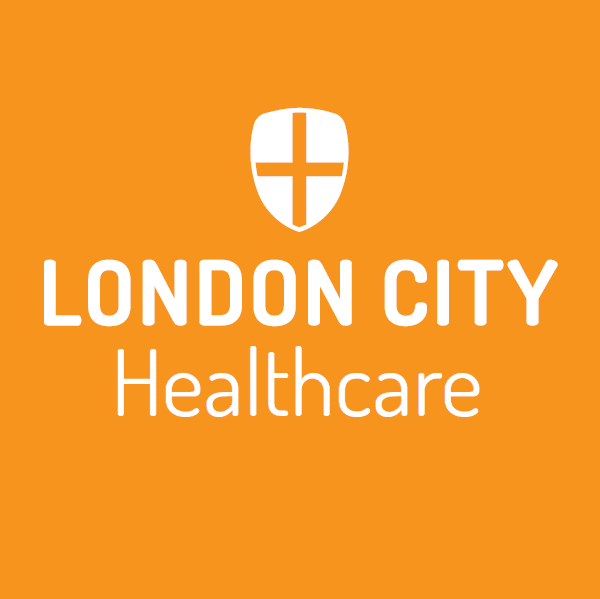Occupational Assessments at Work: Ensuring a Safe and Healthy Work Environment
In the pursuit of a healthy and productive workplace, occupational assessments play a crucial role in safeguarding employee well-being and preventing work-related injuries and illnesses.¹ These assessments, conducted by qualified occupational health professionals, provide a comprehensive evaluation of an individual’s health, fitness for the job, and susceptibility to workplace hazards.
Assessment for Work
Occupational assessments encompass a wide range of evaluations tailored to specific purposes and job roles. These assessments may include:
- Pre-employment Assessments (OHPEA): Evaluate an individual’s health status and fitness for the job, identifying potential health risks and ensuring they can safely perform the required tasks.
- Periodic Health Checks: Monitor the health of employees over time, identifying early signs of work-related health issues and providing preventive interventions.
- Health Surveillance: Regularly assess employees exposed to specific risks, such as hazardous substances or noise, to monitor their health and identify early signs of exposure-related health effects.
- Return-to-Work Assessments: Evaluate an individual’s fitness to return to work after an absence due to illness, injury, or pregnancy, ensuring they can safely perform their duties without further compromising their health.
The Purpose of Work Assessments
Occupational assessments serve several critical purposes in the workplace:²
Enhancing Workplace Safety: Identifying and mitigating potential health risks associated with specific job roles and workplace hazards, reducing the risk of workplace injuries and illnesses.
Protecting Employee Health: Early detection of pre-existing health conditions and potential work-related health risks allows for preventive interventions and accommodations, improving employee health and well-being.
Promoting Productivity: A healthy and well-prepared workforce is more productive, efficient, and engaged, leading to improved organisational outcomes.
Compliance with Regulations: Occupational assessments help organisations comply with relevant health and safety regulations, demonstrating a commitment to employee well-being.
Case Study: Preventing Musculoskeletal Disorders (MSDs)
A manufacturing company in the UK recognised a high prevalence of MSDs among its production employees, primarily due to repetitive tasks and awkward postures. The company implemented a comprehensive occupational health assessment program that included:
- Pre-employment Assessments: Evaluating new hires for potential MSD risk factors, such as pre-existing musculoskeletal conditions or physical limitations.
- Ergonomic Evaluations: Assessing workstations and work processes to identify and eliminate ergonomic hazards that could contribute to MSDs.
- Job Rotation: Implementing job rotation programs to reduce repetitive strain on individual muscle groups and prevent MSDs from developing.
- Workplace Modifications: Providing ergonomic equipment, such as adjustable workstations, lifting aids, and specialised tools, to reduce physical demands and improve posture.
As a result of these interventions, the company experienced a significant reduction in the incidence of MSDs among its production employees, improving employee health and productivity.
Conclusion
Occupational assessments play a vital role in creating a safe, healthy, and productive workplace.³ By proactively identifying and addressing potential health risks, organisations can safeguard employee well-being, minimise work-related illnesses, and foster a more engaged and productive workforce.
Occupational assessments are evaluations conducted by qualified occupational health professionals to assess an individual’s health, fitness for the job, and susceptibility to workplace hazards. They can be tailored to specific purposes and job roles.
- Pre-employment Assessments (OHPEAs): Evaluate an individual’s health status and fitness for the job, identifying potential health risks and ensuring they can safely perform the required tasks.
- Periodic Health Checks: Monitor the health of employees over time, identifying early signs of work-related health issues and providing preventive interventions.
- Health Surveillance: Regularly assess employees exposed to specific hazards, such as hazardous substances or noise, to monitor their health and identify early signs of exposure-related health effects.
- Return-to-Work Assessments: Evaluate an individual’s fitness to return to work after an absence due to illness, injury, or pregnancy, ensuring they can safely perform their duties without further compromising their health.
Employers are responsible for ensuring that their employees receive appropriate occupational assessments. They can either conduct the assessments in-house or utilise the services of external occupational health providers.
Occupational assessments are typically required for:
- New hires
- Employees returning to work after an absence due to illness, injury, or pregnancy
- Employees exposed to specific hazards
- Employees with health conditions that could affect their ability to perform their job
Occupational assessments offer several benefits, including:
- Improved workplace safety: By identifying and mitigating potential health risks, occupational assessments can help to reduce the risk of workplace injuries and illnesses.
- Protected employee health: Early detection of pre-existing health conditions and potential work-related health risks can allow for preventive interventions and accommodations, improving employee health and well-being.
- Promoted productivity: A healthy and well-prepared workforce is more productive, efficient, and engaged, leading to improved organisational outcomes.
- Enhanced compliance with regulations: Occupational assessments can help organisations comply with relevant health and safety regulations, demonstrating a commitment to employee well-being.
References
- Health and Safety Executive (HSE). (2017). Occupational Health Assessments: Guidance for Employers. [online] Available at: https://www.hse.gov.uk/health-surveillance/ [Accessed 8 December 2023].
- Chartered Institute of Occupational Medicine (CIOM). (2022). CIOM Guidance on Occupational Health Assessments. [online] Available at: https://www.jib.org.uk/oha-operative [Accessed 8 December 2023].
- British Occupational Health Association (BOHA). (2022). BOHA Guidance on Occupational Health Assessments. [online] Available at: https://www.bohs.org/information-guidance/guidance-for-oh/ [Accessed 8 December 2023].
Article fact-checked and approved by Dr. Amun Kalia and Dr Deryk Waller
